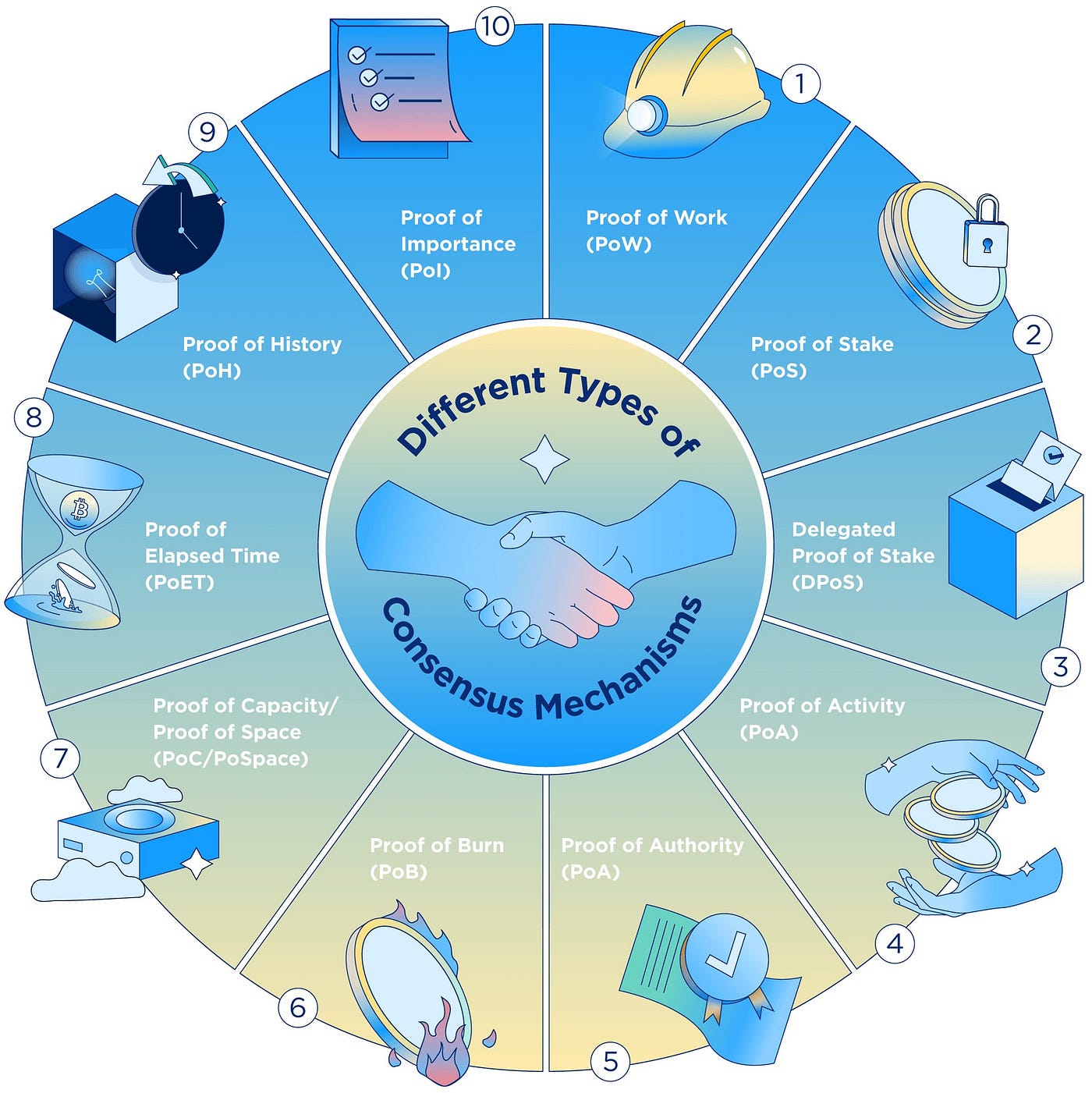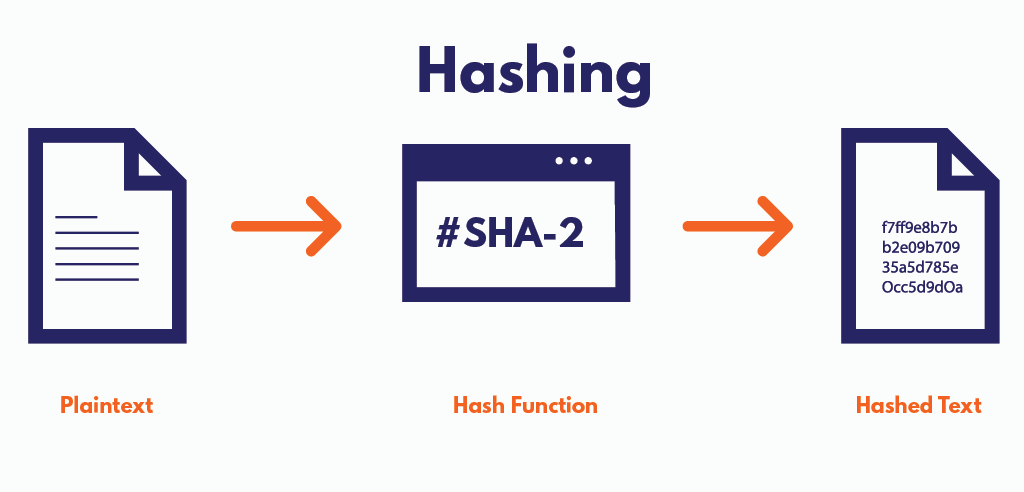
Empowering a Connected and Interoperable Web: Exploring Polkadot (DOT)
In the rapidly evolving landscape of blockchain technology, Polkadot (DOT) has emerged as a catalyst for building a truly interconnected and interoperable web. Founded by Dr. Gavin Wood, one of the co-founders of Ethereum, Polkadot brings a unique approach to facilitating communication and collaboration among diverse blockchains.
The Vision of Polkadot
At its core, Polkadot envisions a web where different blockchains can seamlessly connect and share information. Unlike traditional blockchain networks that operate in isolation, Polkadot aims to create a decentralized and interoperable ecosystem, fostering innovation and efficiency across diverse blockchain projects.
Polkadot’s Multi-Chain Architecture
Polkadot’s innovative multi-chain architecture sets it apart. The network consists of multiple blockchains, known as parachains, each with its own specific purpose and functionality. Parachains connect to the relay chain, Polkadot’s main chain, enabling communication and the transfer of assets and data among different chains.
Interoperability through Relay Chain
The relay chain acts as the heart of Polkadot, facilitating interoperability between parachains. It serves as a secure and scalable foundation for cross-chain communication, allowing for the transfer of assets and information across the entire Polkadot network. This interoperability is fundamental to Polkadot’s mission of creating a connected web of blockchains.
Shared Security Model
Polkadot introduces a shared security model where all parachains benefit from the security provided by the relay chain. This shared security approach enhances the overall resilience of the network, as the security of one parachain contributes to the security of the entire ecosystem. This model aims to create a robust and collaborative security framework.
The Role of DOT Tokens
The native cryptocurrency of the Polkadot network is DOT. DOT tokens play a pivotal role in the governance and operations of the network. Holders of DOT have the ability to participate in the decision-making processes related to protocol upgrades, making Polkadot a truly decentralized and community-driven platform.
Polkadot’s Role in Bridging Blockchains
Polkadot serves as a bridge between different blockchains, enabling them to communicate and share data seamlessly. This bridging capability is essential for the scalability and sustainability of the blockchain ecosystem, allowing specialized blockchains to collaborate and benefit from each other’s strengths.
Governance and Upgrades
Decentralized governance is a key principle of Polkadot. DOT holders actively participate in proposing and voting on upgrades to the network through a transparent and democratic process. This approach ensures that the evolution of Polkadot is guided by the collective intelligence and interests of its community.
Challenges and Future Developments
While Polkadot has made significant strides, challenges such as widespread adoption and competition with other blockchain networks persist. The ongoing development of parachains and the implementation of new features will be crucial in addressing these challenges and shaping the future of Polkadot.
Educational Resources for Polkadot Enthusiasts
For enthusiasts and professionals eager to delve into the world of Polkadot (DOT), educational resources play a vital role. Platforms like www.itcertswin.com offer comprehensive insights, tutorials, and updates on Polkadot and related technologies, empowering individuals to navigate the complexities of the Polkadot ecosystem.
Explore More About Polkadot (DOT) at www.itcertswin.com
For the latest insights and resources on Polkadot (DOT) and its transformative impact on blockchain interoperability, visit www.itcertswin.com. Dive into the world of Polkadot to stay informed about innovations shaping the future of interconnected blockchains and the web.
























